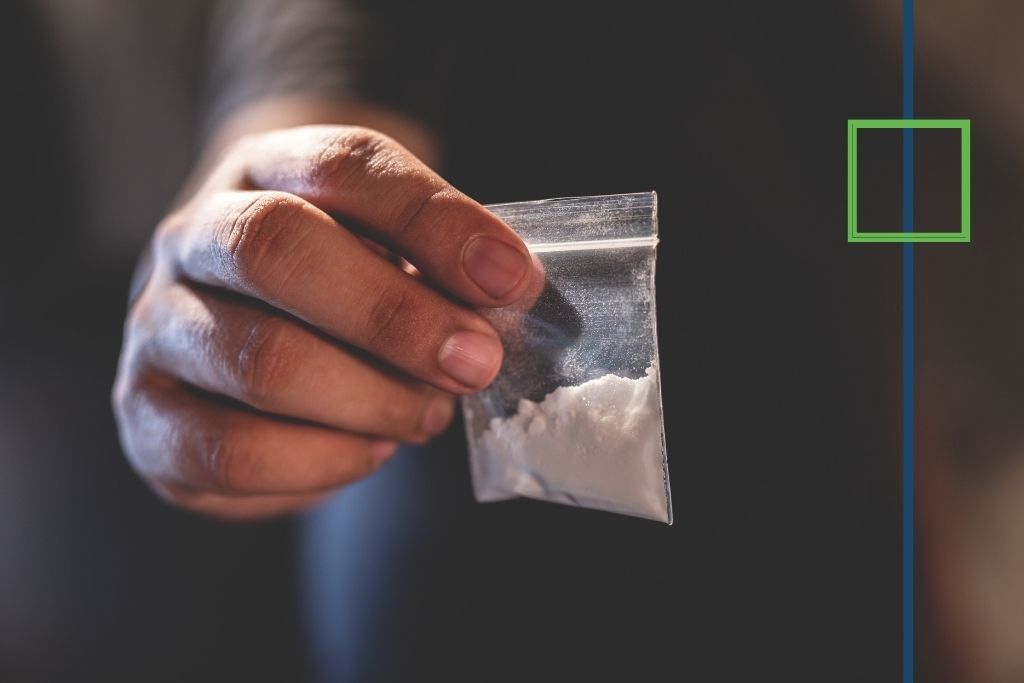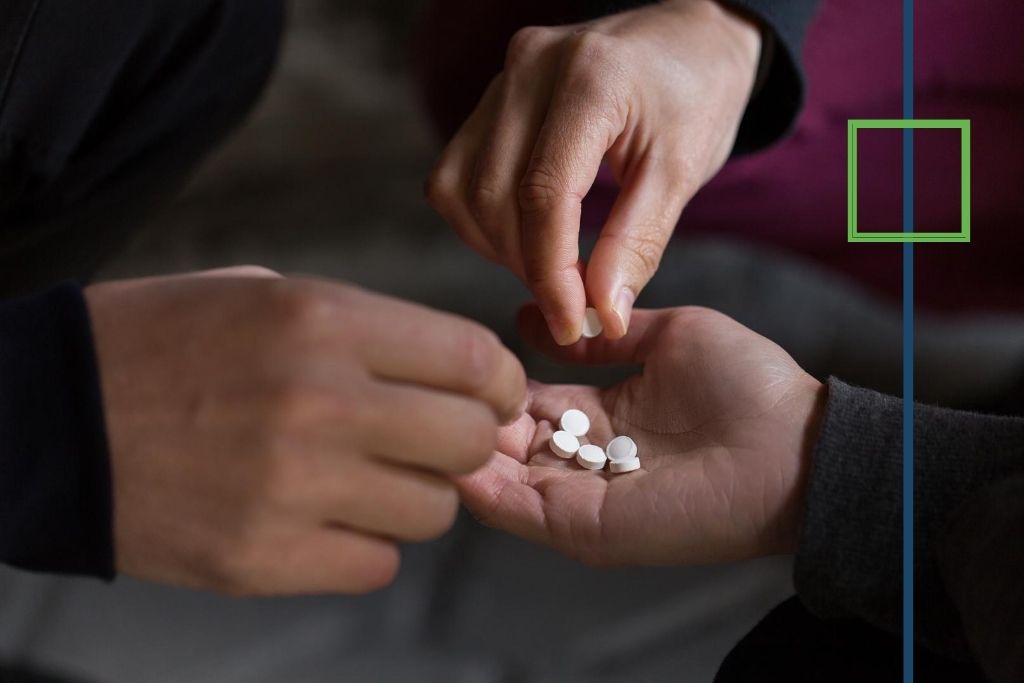There are a number of different ways in which drugs can be referred to. This includes one of their street names, brand names, or generic names. Take Ritalin as an example. Ritalin is the brand name of the substance methylphenidate and may also be referred to as speed or an upper. Uppers and downers are actually slang names for groups of drugs that have very different effects. There are countless drugs in each group. One thing both uppers and downers have in common is that they can produce severe side effects, including addiction. Here is a quick look at these groups of drugs and what you should know about them.
What Are Uppers?
A street, or slang term for stimulants and amphetamines, uppers are drugs that produce an increase in energy and an increase in alertness. Uppers are not just known for creating an energizing high, but also for being followed by a dip in energy and motivation as the substance wears off. In fact, individuals who come down off of uppers can experience significant depression and loss of energy.
These substances can be addictive as users will continue to use them to maintain their high and prevent the onset of withdrawal symptoms. Although prescription uppers such as Adderall and Ritalin have proven to be extremely helpful for individuals diagnosed with ADHD, they should always be taken with caution and prescription dosing should be followed carefully. Side effects when taking uppers may include nausea and irregular heartbeat. Examples of illicit uppers include cocaine and methamphetamine.
Nicknames for Stimulants
In addition to the term “uppers” there are a number of nicknames for various stimulants. Amps, beans, bennies, jelly beans, and speed are just a few of the nicknames for amphetamines, a type of upper. You may hear someone refer to cocaine as coke, blow, yayo, snow, sniff, sneeze, or white.
What Are Downers?
Downers is one of many street names, or slang terms, used to refer to depressants. Depressants are a group of drugs that produce a sedative effect. They do not make you depressed but instead induce a sense of relaxation. Calming the mind and body, depressants are often effective in treating conditions such as anxiety, insomnia, and epilepsy. However, there can be serious side effects if too great of a dose is taken. These side effects include slowed breathing, reduced heart rate, a lack of consciousness, and potentially overdose. Common examples of downers include alcohol, Xanax (benzodiazepine), and Amytal (barbiturate).
Nicknames for Depressants
Again, “downers” is just a generalized nickname for sedatives and depressants. You may hear benzodiazepines referred to as xannies, bars, z-bars, zanbars, handlebars. Additionally, barbituates are known on the streets as barbs, phennies, red birds, reds, tooies, yellow jackets, yellows.
Mixing Uppers & Downers
When it comes to cross drug use, mixing both uppers and downers is among the most dangerous combinations. One common example is using cocaine and alcohol at the same time. Alcohol has a relaxing sedative effect and cocaine has an energy-boosting effect. Alcohol can help reduce inhibitions when partying and an occasional bump of cocaine help maintain alertness. However, this combination can have severe consequences. When taken together, the effects of these substances the amount needed to cause an overdose is significantly less than if taken alone. Due to the risk of heart failure, mixing stimulants and depressants should be avoided at all times.
Upper & Downer Addiction Treatment
Uppers and downers have an addictive nature and addiction treatment may be the best option for an individual who is abusing them. Whether you or a loved one is struggling with uppers, downers, or poly-substance abuse, our team is here to help. Get treatment today from the trusted recovery programs at Level Up Lake Worth.





